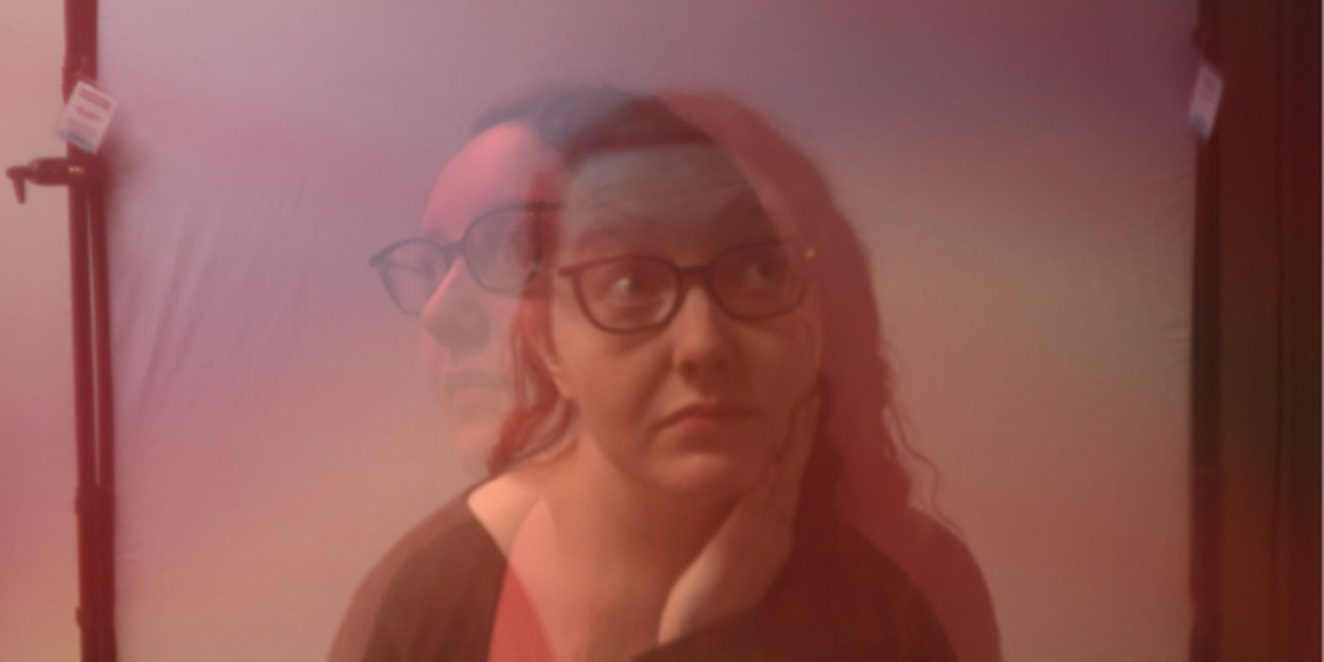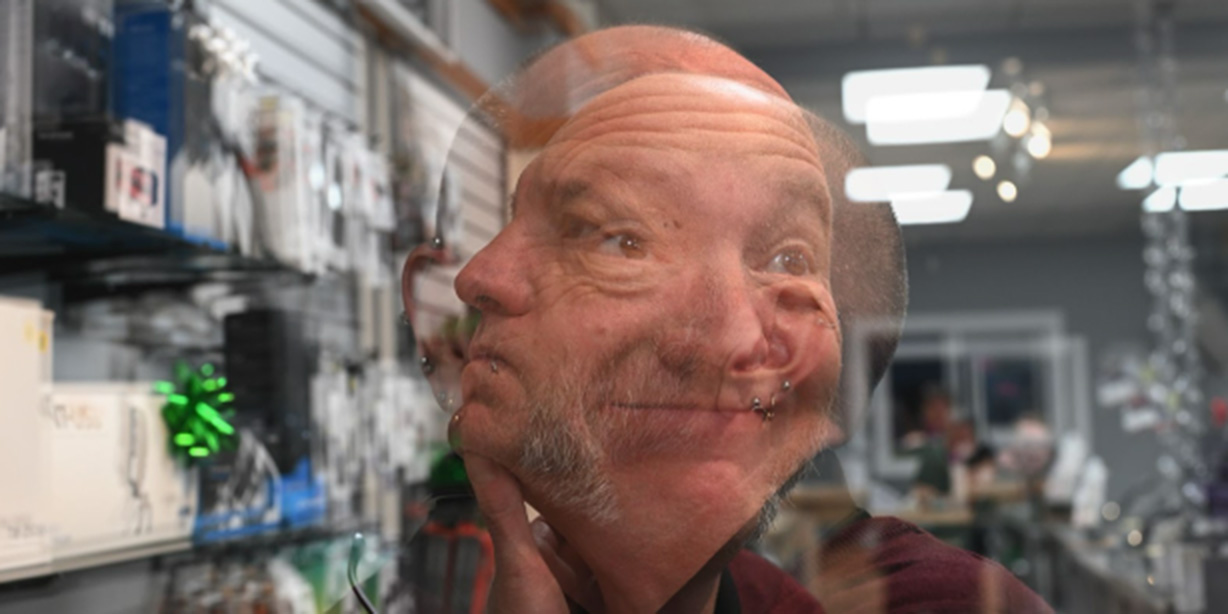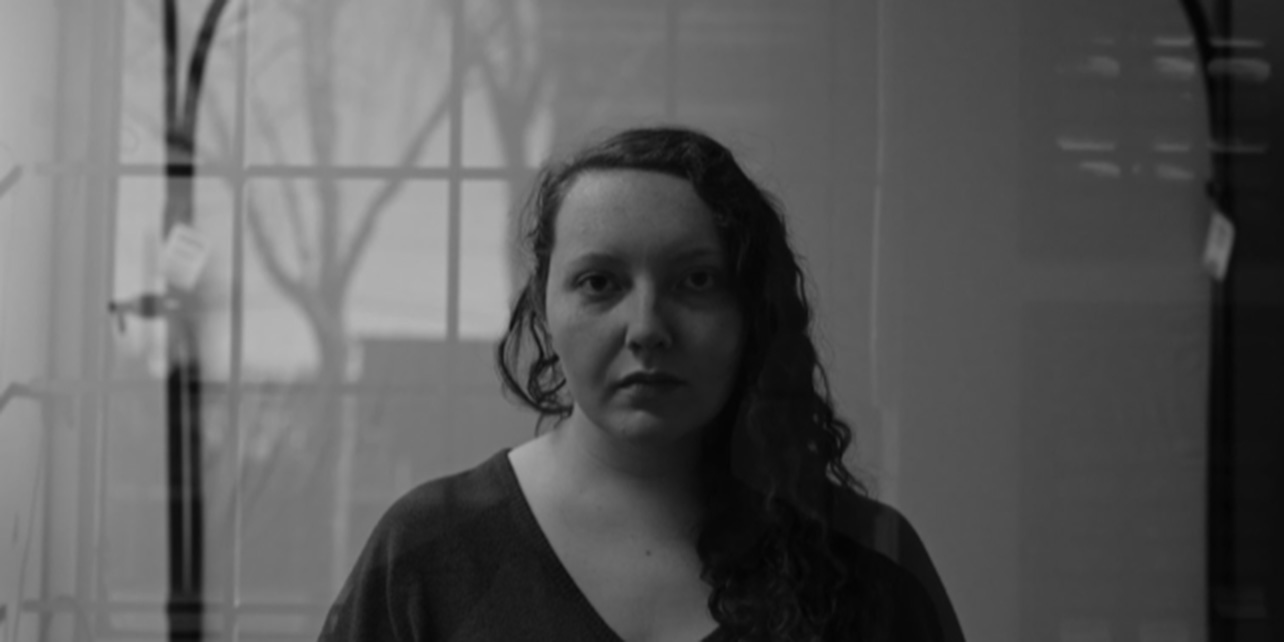Double exposure photographs offer a compelling glimpse into the surreal that challenges our sense of reality. This creative technique layers two separate exposures onto a single image, the results of which can be stunning. Depending on whether you are working with a film or digital camera, double exposure can be achieved in a variety of ways. Here is a quick breakdown of how double exposures work:

Film Photography:
In-Camera Double Exposure: Some 35mm and 120mm film camera models have a double exposure feature that allows you to expose the same film frame twice without advancing it. After taking the first shot, you can take a second shot on the same frame, combining the two images. Typically, this is done by disengaging the film advance mechanism.
Darkroom Technique: Another method involves creating a double exposure during the printing process in the darkroom. In this setting, multi-image exposures are achieved by exposing the same piece of photographic paper to two different negatives during printing. The photographer can control the exposure time for each image to achieve each shot's desired exposure and opacity.

Digital Photography:
In-Camera Double Exposure: Many modern digital cameras have a double exposure mode that simulates the traditional film technique. You can capture two separate images, and the device will combine them in-camera to create a double exposure. This feature often lets you preview the combined image on the camera's LCD screen before finalizing the shot.
Post-Processing Software: In the digital realm, photographers can also create double exposures during post-processing using image editing software like Adobe Photoshop. By layering two or more images and adjusting the transparency or blending modes, you can control how the images merge and create a cohesive double exposure effect.

Creative Possibilities:
- Artistic Expression: Double exposure photography is often used for creative expression, allowing photographers to construct surreal and dreamlike images.
- Symbolism and Storytelling: By combining two distinct images, photographers can convey a deeper meaning, allude to metaphors in the world around us, or tell a unique visual story.
- Portraits and Nature: Double exposures are commonly applied to portraits, where the features of a person are blended with elements of nature or other environments to instill a wild or serene flair into the image.
- Experimentation: Double exposure photography encourages experimentation, and photographers can play with different combinations of images to discover unexpected and visually appealing results.

Pro Tips:
- Start your double exposure photography journey by shooting in black and white. Use the shadows and highlights to your advantage and make each exposure pop.
- Use a tripod to ensure consistently straight horizons, which will help the two images line up better and make the final result more visually pleasing (particularly with portraits).
- You will want to under-expose both images by a half-stop. Doing so will help ensure that the final image is exposed correctly.
In summary, double exposure photography is a versatile and creative technique that spans traditional film and modern digital photography. It allows photographers to blend images in unique ways, unlocking a realm of artistic possibilities. Be sure to share your double-exposures on social media and tag @mcbaincamera in your post!
Written, shot & conceptualized by Maddy Hunt